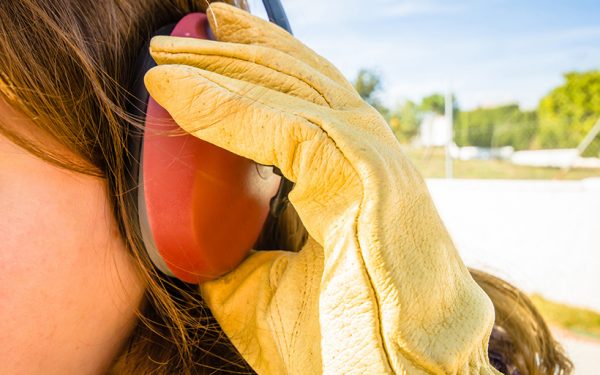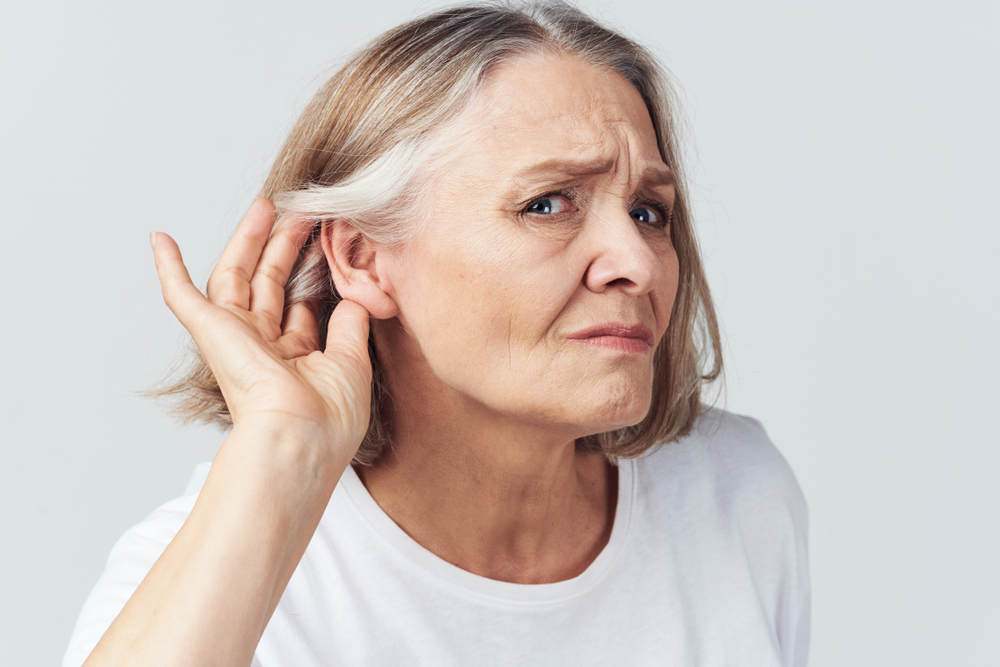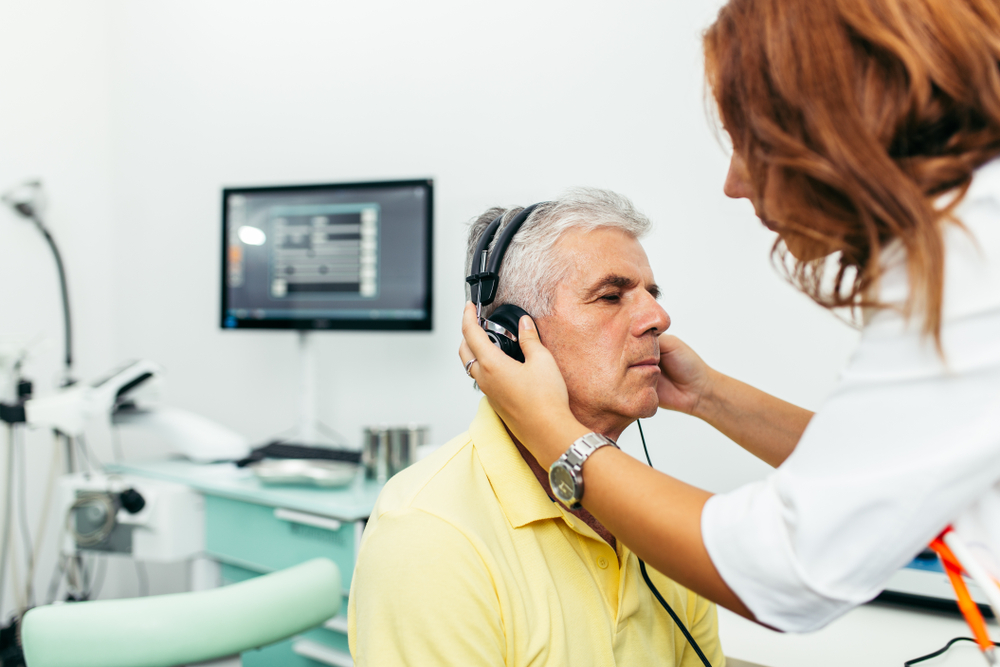Each year, approximately 2 million workplace injuries are reported. Many others go unreported. Many cases involve the most common workplace injury. When you think of on-the-job injuries, you may think of flying projectiles or a hand caught in a piece of machinery at a factory.
But the most common workplace injury is much more insidious. It sneaks up on people very slowly over the course of several years. The injury goes undetected until the effects become impossible to ignore. People often make excuses. “It’s only temporary” or “I’m just getting older. This is normal.”
Many people don’t even realize it was caused by their workplace environment.
The insidious injury is hearing damage. There are several warning signs you should recognize, and there are important steps you need to take if you suspect the damage is already done.
Work-related hearing hazards
The Centers for Disease Control (CDC) estimates that roughly 22 million workers are exposed to dangerous noise levels on a daily basis. Mining, construction, and manufacturing workers are most likely to be impacted, but overly loud work environments can happen anywhere.
An estimated $242 million in worker’s compensation claims for hearing loss disabilities are paid each year.
How loud is too loud?
Sustained exposure to sounds above 85 decibels (dB)can cause long-term damage to your hearing. For reference, a vacuum cleaner runs at about 75 decibels dB. A lawnmower produces 85 dB. A chainsaw or leaf blower produces more than 100 dB. A gunshot is around 140 dB.
How loud is your workplace? Are you being exposed to the most common workplace injury? If you’re regularly exposed to something as loud as a lawnmower, even if it’s not constant, your hearing is being damaged.
Signs of hearing damage
If you work in a loud environment, there’s no question you’re damaging your hearing.
The following are early warning signs that you’re experiencing hearing loss:
- You think people speaking to you are constantly mumbling.
- Conversations sound muffled.
- You can’t understand the person speaking if there’s background noise.
- You confuse consonants – “Todd” sounds like “Dodd,” for example.
- You often ask people to repeat themselves.
- You tend to withdraw when others are talking.
- Your friends and family tell you your TV, radio, or computer tablet volume is too loud.
- You hear ringing, hissing, or whistling when it should be quiet.
- You experience pain when you hear loud noises.
What are employers doing to reduce hearing damage?
Businesses and organizations are utilizing the latest technology to reduce workplace noise in overly loud environments. The U.S. Occupational Safety and Health Administration (OSHA) is working to update guidelines that will minimize workplace noise and protect employees.
As more employees become aware of the chronic damage they have suffered due to workplace noise, they are speaking out. Over time, their voices will bring about further change.
Preventing further damage
If you work in a loud environment, the best thing you can do is protect your ears before any damage is done. Wearing protective headphones or earplugs on the job will help reduce potential damage.
If you suspect your hearing has been damaged by a noisy workplace, have had the most common workplace injury occur, then you should schedule a hearing test as soon as possible. When you ascertain the degree of your hearing loss, you will learn how to prevent further damage going forward. A hearing specialist will help you develop strategies to prevent further hearing loss and address the damage you’ve already experienced.



